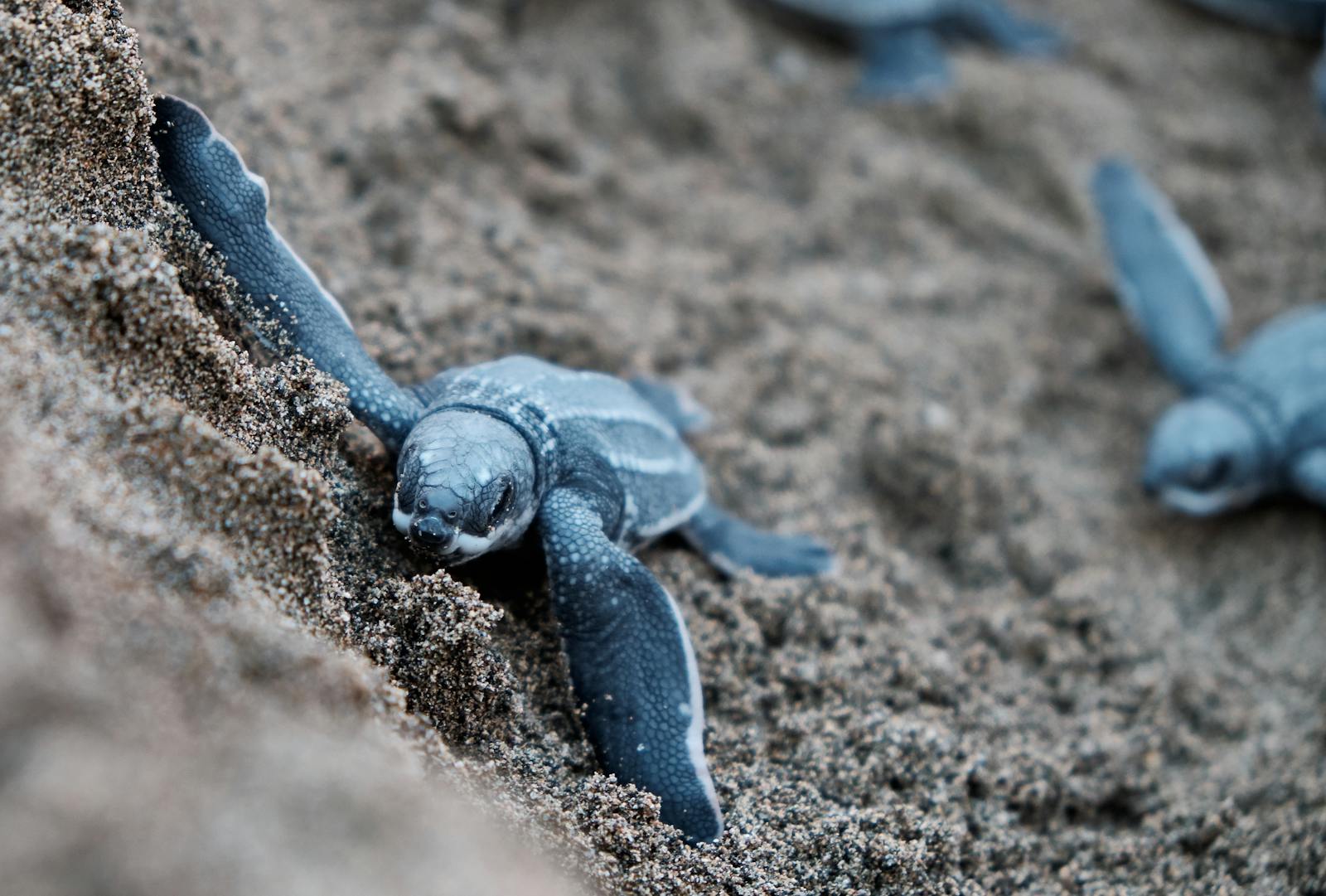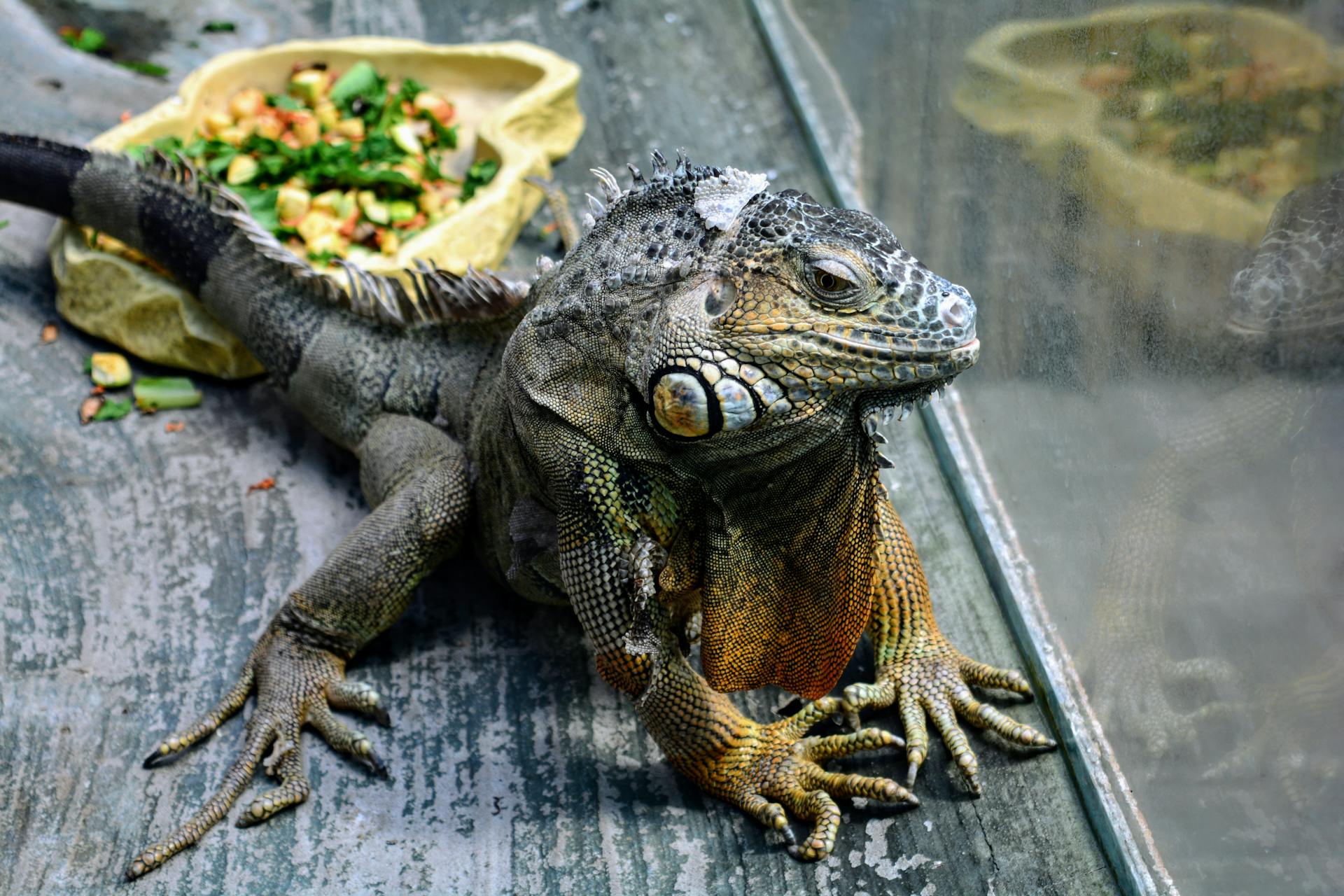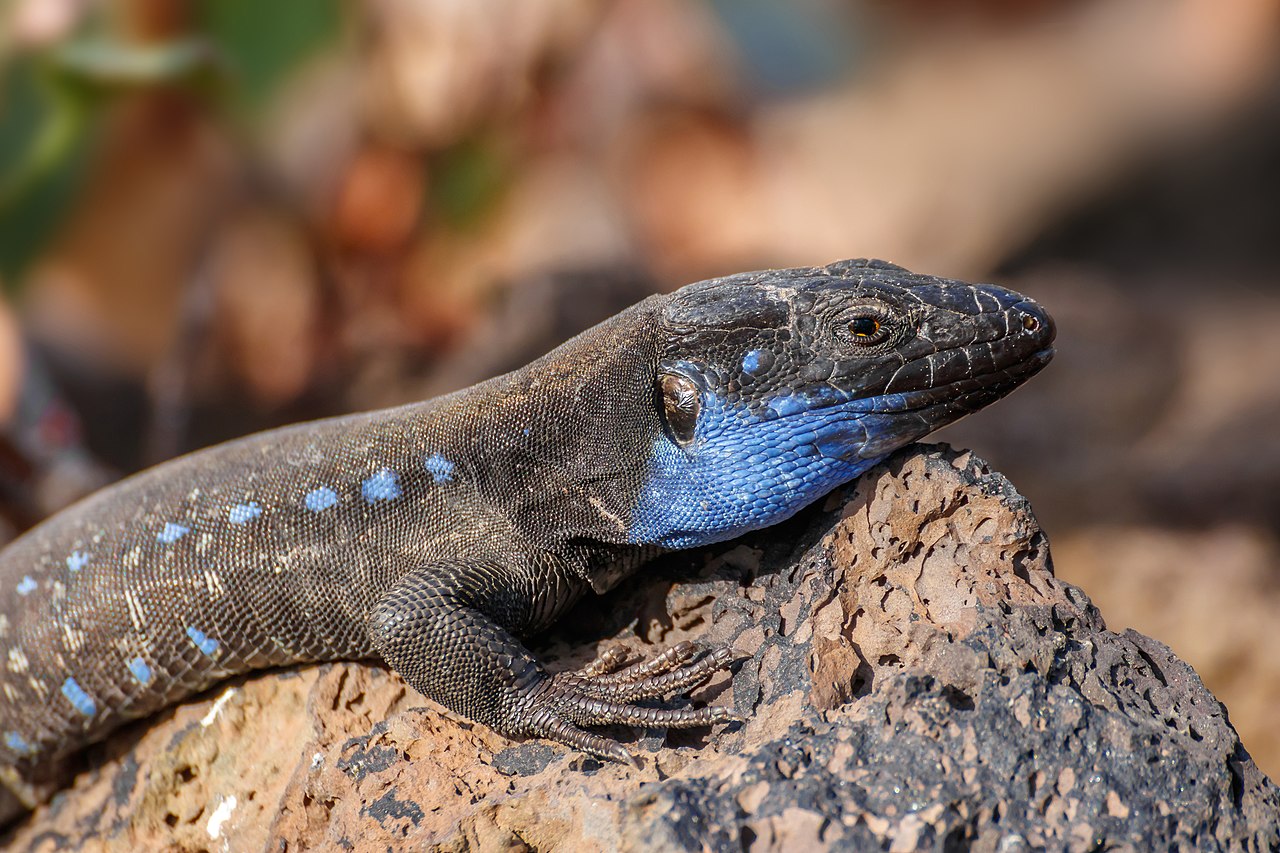Reptiles, with their ancient lineages and remarkable adaptations, represent a crucial component of our planet’s biodiversity. From the mighty Komodo dragon to the tiny gecko, these scaly creatures fulfill vital ecological roles as both predators and prey across diverse ecosystems. Yet despite their evolutionary success spanning millions of years, today’s reptiles face unprecedented threats that have pushed many species to the brink of extinction. Conservationists working to protect these often-misunderstood animals encounter a complex web of challenges that range from habitat destruction and climate change to illicit wildlife trade and negative public perception. This article explores the multifaceted obstacles that conservation professionals must overcome in their vital mission to preserve reptile diversity for future generations.
Habitat Loss and Fragmentation
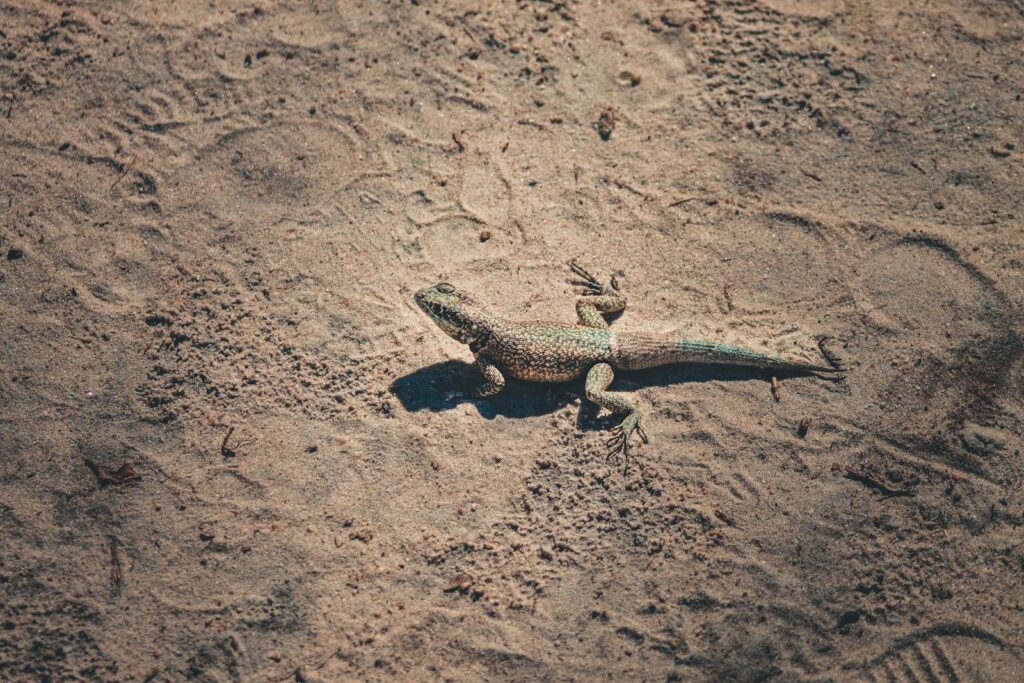
The single greatest threat to reptile populations worldwide remains the relentless destruction and fragmentation of their natural habitats. As human development expands into wild areas, critical reptile habitats are being converted into agricultural lands, urban developments, and industrial zones at alarming rates. Many reptile species have highly specialized habitat requirements and limited dispersal abilities, making them particularly vulnerable to such changes. For instance, desert tortoises require vast territories with specific soil types for burrowing, while certain snake species depend on intact forest canopies that maintain precise microclimate conditions. The fragmentation of once-continuous habitats into isolated patches creates barriers that prevent genetic exchange between populations, ultimately reducing genetic diversity and resilience.
Climate Change Impacts
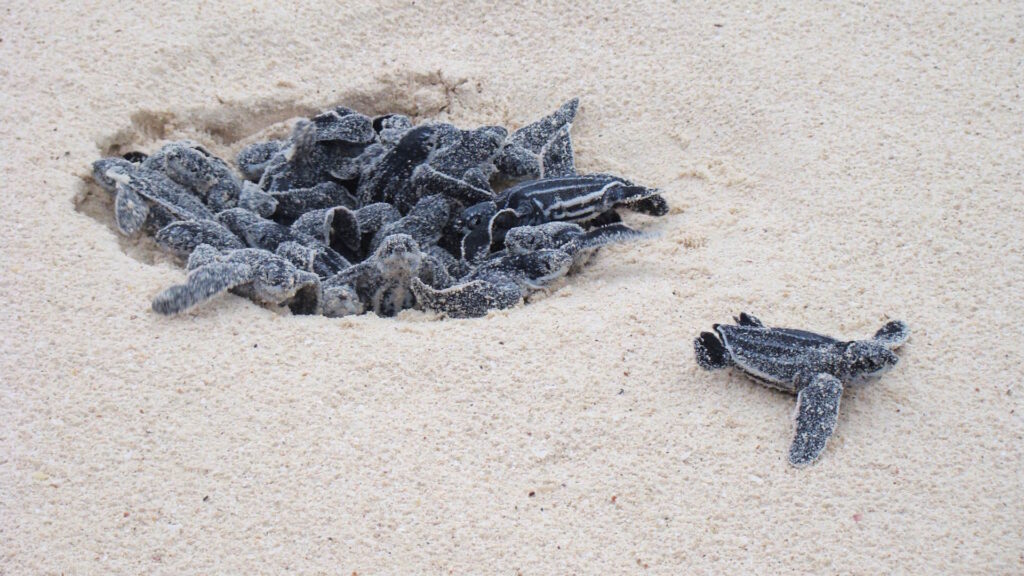
Climate change presents an existential threat to many reptile species due to their ectothermic (“cold-blooded”) nature and temperature-dependent biological processes. Rising global temperatures directly affect reptiles’ ability to thermoregulate effectively, potentially forcing them outside their thermal tolerance ranges. Perhaps most critically, many reptile species exhibit temperature-dependent sex determination, where the ambient temperature during egg incubation determines whether offspring develop as males or females. Even small temperature increases can dramatically skew sex ratios in these species, potentially leading to population collapse. Sea level rise threatens coastal nesting sites for marine turtles, while changing precipitation patterns alter habitat suitability and resource availability for numerous terrestrial species. Conservationists face the daunting challenge of predicting these complex effects while developing adaptive management strategies in a rapidly changing world.
Invasive Species Competition

Invasive species represent a grave threat to native reptile populations across the globe, introducing novel predators, competitors, and diseases into ecosystems. The introduction of brown tree snakes to Guam famously decimated native reptile and bird populations, while invasive Burmese pythons in Florida’s Everglades have caused catastrophic declines in native mammal and reptile communities. Invasive fire ants destroy reptile eggs and attack hatchlings, while introduced mammals like rats and cats prey heavily on island reptile species that evolved without mammalian predators. Even invasive plants can fundamentally alter habitat structure and resource availability, making environments unsuitable for specialized native reptiles. Controlling these invasions presents enormous technical and financial challenges for conservationists, especially once invasive species become firmly established in an ecosystem.
Illegal Wildlife Trade
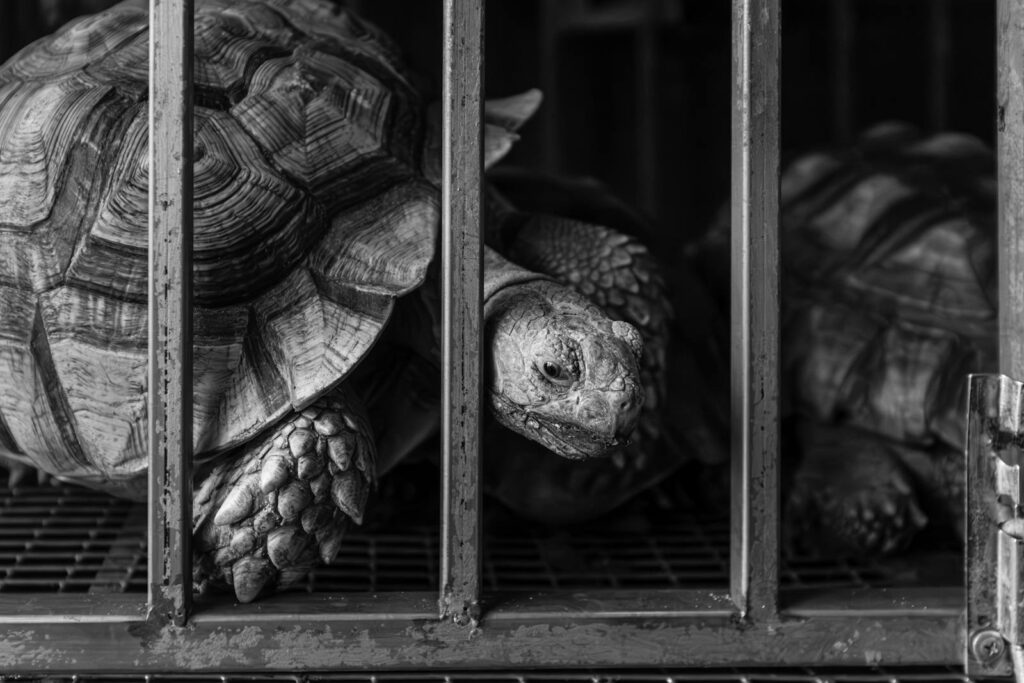
The illicit global trade in reptiles represents a multibillion-dollar criminal enterprise that threatens countless species with extinction. Reptiles are trafficked for the exotic pet industry, traditional medicine, luxury fashion accessories, and meat consumption. Rare species command astronomical prices on black markets, creating powerful economic incentives for poaching even in protected areas. For example, certain tortoise species can fetch tens of thousands of dollars per individual, while rare pythons and monitor lizards are constantly targeted by specialized poaching networks. The trade often involves extreme cruelty, with animals packed in dense, unsuitable conditions that result in high mortality rates during transport. Conservation efforts are hampered by inadequate enforcement resources, corruption in some regions, and the increasingly sophisticated methods employed by wildlife trafficking networks.
Limited Research and Data Gaps
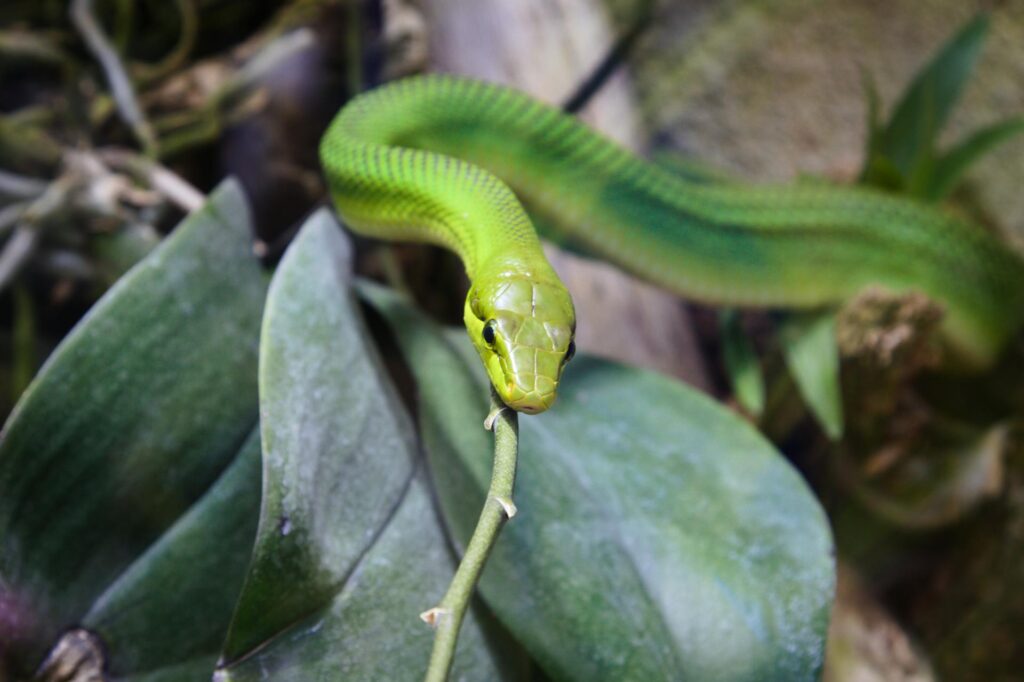
Effective conservation depends on solid scientific understanding, yet many reptile species remain poorly studied, creating significant knowledge gaps that hamper protection efforts. Basic information about population sizes, distribution ranges, reproductive behaviors, and habitat requirements is unavailable for numerous reptile species, particularly those in remote or understudied regions. Without reliable baseline data, conservationists struggle to detect population declines or identify critical habitat areas for protection. Long-term monitoring programs for reptiles are chronically underfunded compared to more charismatic mammal and bird species. Challenging field conditions in many reptile habitats further complicate research efforts, as does the secretive, cryptic nature of many reptile species that makes traditional survey methods less effective.
Negative Public Perception
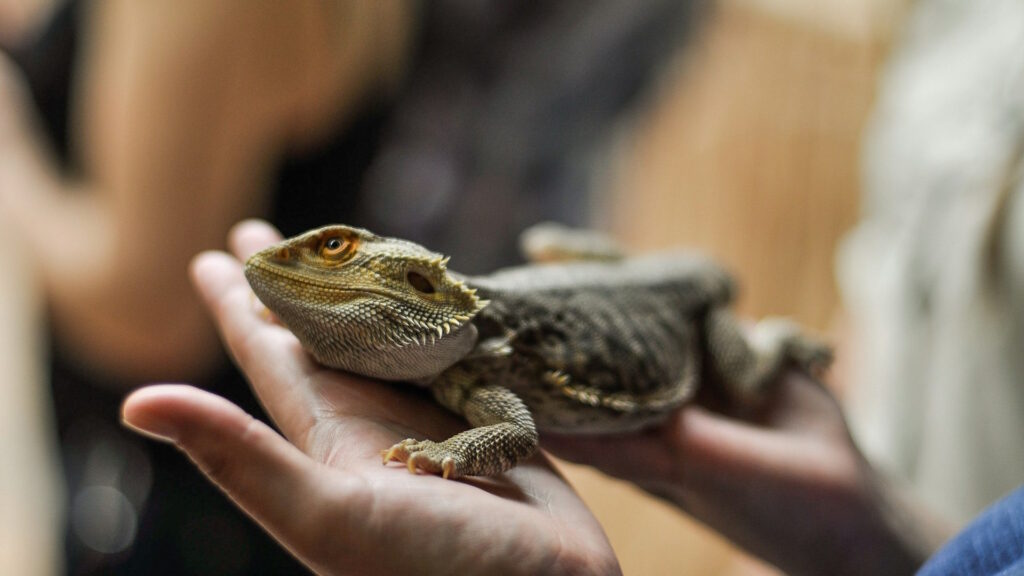
Reptiles suffer from persistent negative stereotypes and cultural biases that significantly impact conservation efforts by reducing public support and funding opportunities. Snakes, in particular, are subject to deep-seated phobias and cultural associations with evil or danger that can lead to indiscriminate killing even of harmless species. Media portrayals frequently depict reptiles as villainous, slimy, or dangerous, reinforcing negative attitudes that begin in childhood. Unlike charismatic mammals that generate strong emotional connections with the public, reptiles rarely evoke the same level of empathy or concern when threatened with extinction. This perception gap translates directly into funding disparities, with reptile conservation initiatives typically receiving a fraction of the resources allocated to mammals and birds despite comparable or greater conservation needs.
Disease and Health Challenges
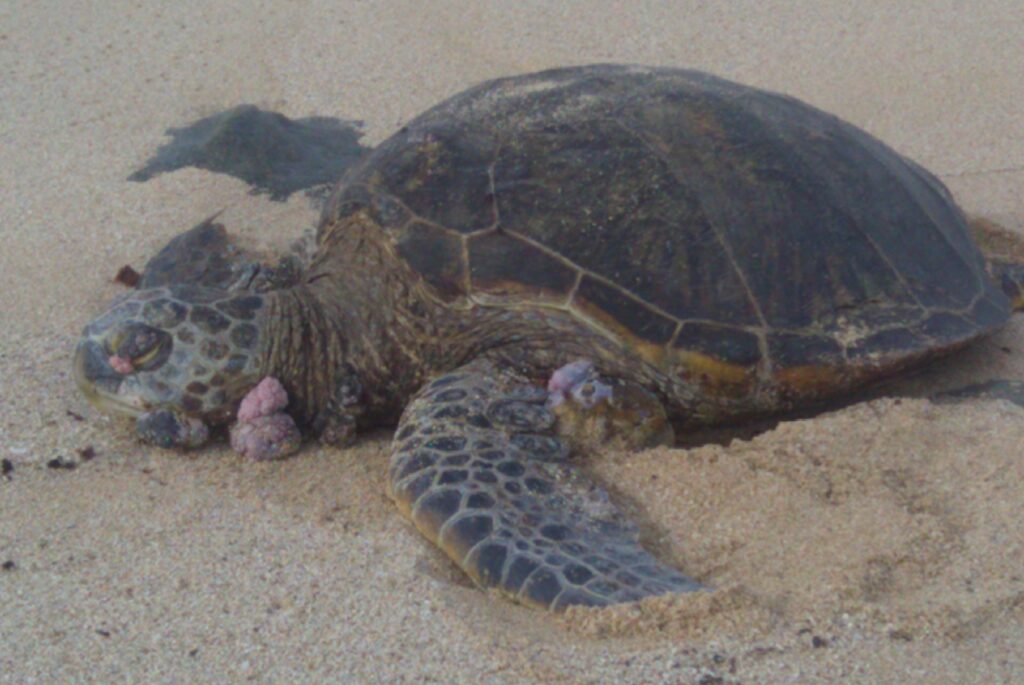
Emerging infectious diseases pose increasing threats to reptile populations worldwide, sometimes causing catastrophic declines before effective responses can be implemented. Snake fungal disease has devastated certain snake populations in North America, while fibropapillomatosis continues to affect marine turtle populations globally. Ranaviruses and other pathogens are increasingly documented in wild reptile populations, potentially exacerbated by environmental stressors that compromise immune function. Climate change may expand the range of certain reptile diseases or increase their virulence, creating novel health challenges for already-threatened species. Conservation programs must contend with limited veterinary knowledge specific to reptiles, difficulties in administering treatments to wild populations, and the challenge of detecting diseases in cryptic species that may disappear before outbreaks are even noticed.
Limited Funding Resources
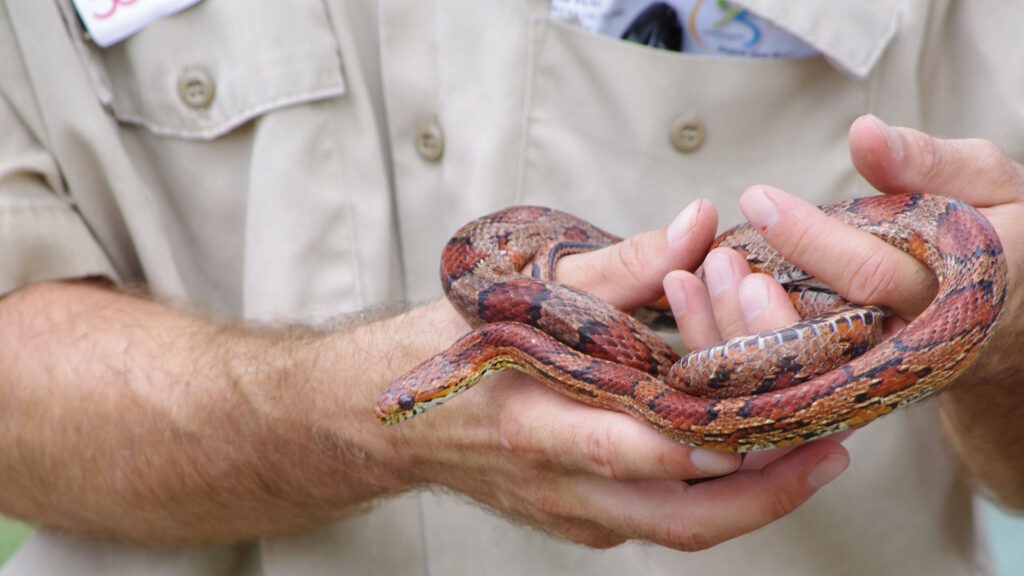
Conservation efforts for reptiles are chronically underfunded relative to their biodiversity value and level of endangerment. Government agencies, NGOs, and academic institutions typically allocate significantly fewer resources to reptile conservation programs compared to initiatives focused on mammals, birds, or even amphibians. This funding disparity directly limits the scope and effectiveness of conservation interventions across all scales, from field research to habitat protection and captive breeding programs. Grant opportunities specifically targeting reptile conservation remain scarce, forcing researchers to compete for general conservation funds against projects focused on more charismatic species. The financial constraints mean that even well-designed conservation strategies often cannot be fully implemented, leaving critical actions incomplete or entirely unaddressed despite their scientific merit.
Reproductive and Life History Challenges
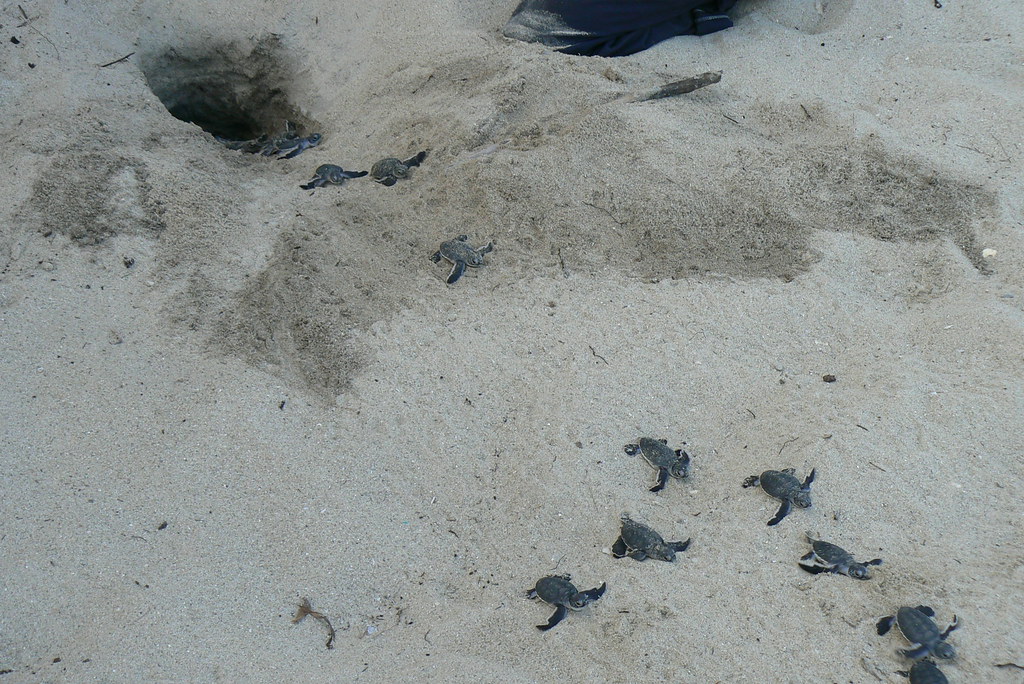
Many threatened reptile species possess life history traits that complicate conservation efforts and slow population recovery following declines. Long-lived species like tortoises and large crocodilians may take decades to reach sexual maturity, meaning that even successful conservation programs might not see population rebounds for generations. Low reproductive rates in many species mean that even minor increases in adult mortality can drive population declines that are difficult to reverse. Species with complex courtship requirements or specialized breeding habitat needs may fail to reproduce in altered environments or captive settings despite otherwise appropriate conditions. Additionally, many reptiles exhibit temperature-dependent development processes that are increasingly disrupted by climate change, creating reproductive challenges that require specialized conservation approaches.
Land Use Conflicts
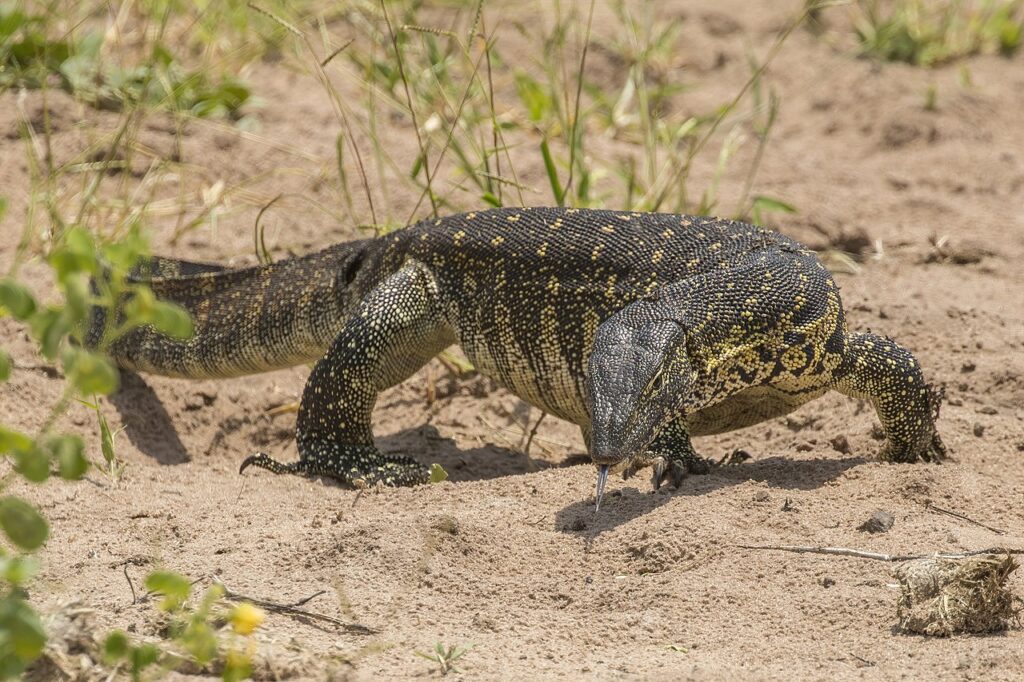
Conservation efforts frequently collide with competing human land uses, creating difficult trade-offs between economic development and reptile habitat protection. Prime reptile habitats often overlap with areas valued for agriculture, resource extraction, tourism development, or urban expansion, generating conflicts that are difficult to resolve satisfactorily for all stakeholders. In many regions, economic priorities typically outweigh conservation concerns, particularly where immediate human needs are pressing. Protected areas established for reptile conservation may face encroachment, illegal resource extraction, or outright degazettement when valuable resources are discovered within their boundaries. Even when formal protection exists, enforcement capacity is often insufficient to prevent habitat degradation, especially in developing countries where conservation agencies are chronically understaffed and underfunded.
Pollution and Environmental Contaminants
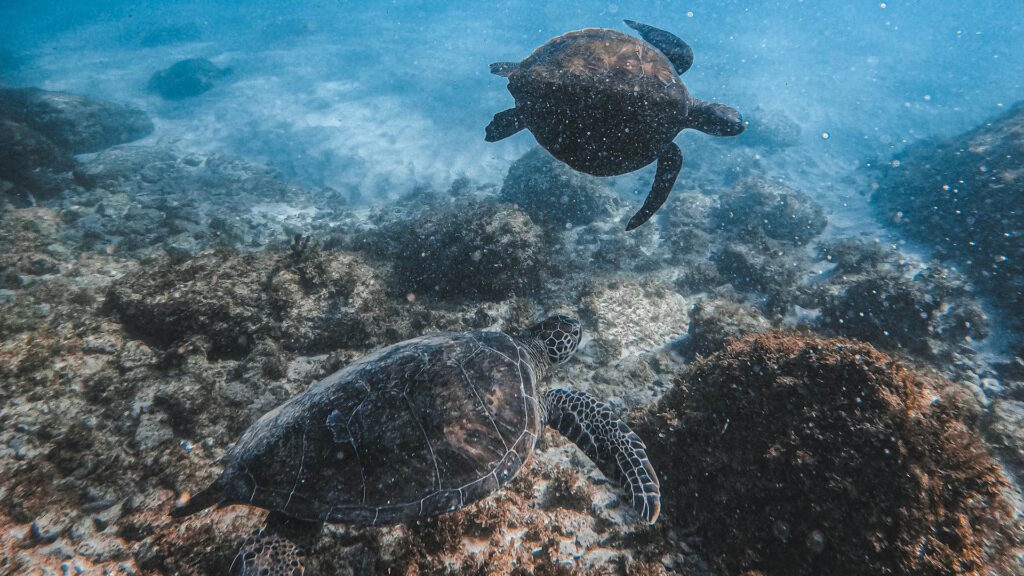
Environmental pollution poses diverse threats to reptile populations through both direct toxicity and indirect ecosystem effects. Many reptile species are particularly vulnerable to contaminants due to their permeable eggs, long lifespans that allow bioaccumulation of toxins, and habitats that concentrate pollutants like wetlands and coastal areas. Endocrine-disrupting chemicals in pesticides and industrial effluents can interfere with reptiles’ hormonal systems, affecting growth, development, and reproduction even at sub-lethal concentrations. Marine turtles regularly ingest plastic debris mistaken for food, while microplastics accumulate in food webs affecting numerous species. Light pollution disorients hatchling sea turtles, preventing them from reaching the ocean, while noise pollution disrupts communication and behavior in various reptile species. Addressing these diverse pollution sources requires coordinated action across multiple sectors and regulatory frameworks.
Climate-Induced Range Shifts

As climate zones shift in response to global warming, many reptile species face the challenge of tracking suitable habitat conditions across increasingly fragmented landscapes. Unlike birds or large mammals, many reptiles have limited dispersal abilities that prevent rapid range adjustments in response to changing conditions. Species restricted to mountain tops, islands, or other isolated habitats face “nowhere to go” scenarios as their current ranges become climatically unsuitable. Even for species with theoretical dispersal capacity, human-modified landscapes present formidable barriers in the form of roads, urban areas, and agricultural zones that block movement corridors. Conservation strategies must now incorporate anticipated range shifts into protected area planning and consider controversial interventions like assisted migration for species unlikely to adapt in place or disperse naturally.
Genetic Concerns in Small Populations

Many threatened reptile species now exist only in small, isolated populations that face serious genetic challenges threatening their long-term viability. Small population size leads to loss of genetic diversity through random genetic drift and increases the risk of inbreeding depression, which can reduce reproductive success and survival. The “extinction vortex” created by these genetic factors can drive species to extinction even when direct threats like habitat loss are addressed. Reptiles with naturally low genetic diversity or highly specialized adaptations may be particularly vulnerable to these genetic challenges. Conservation breeding programs must carefully manage genetic issues through studbook management and strategic breeding plans, but these approaches become increasingly difficult as wild populations decline and genetic diversity is lost.
Jurisdictional and Policy Challenges
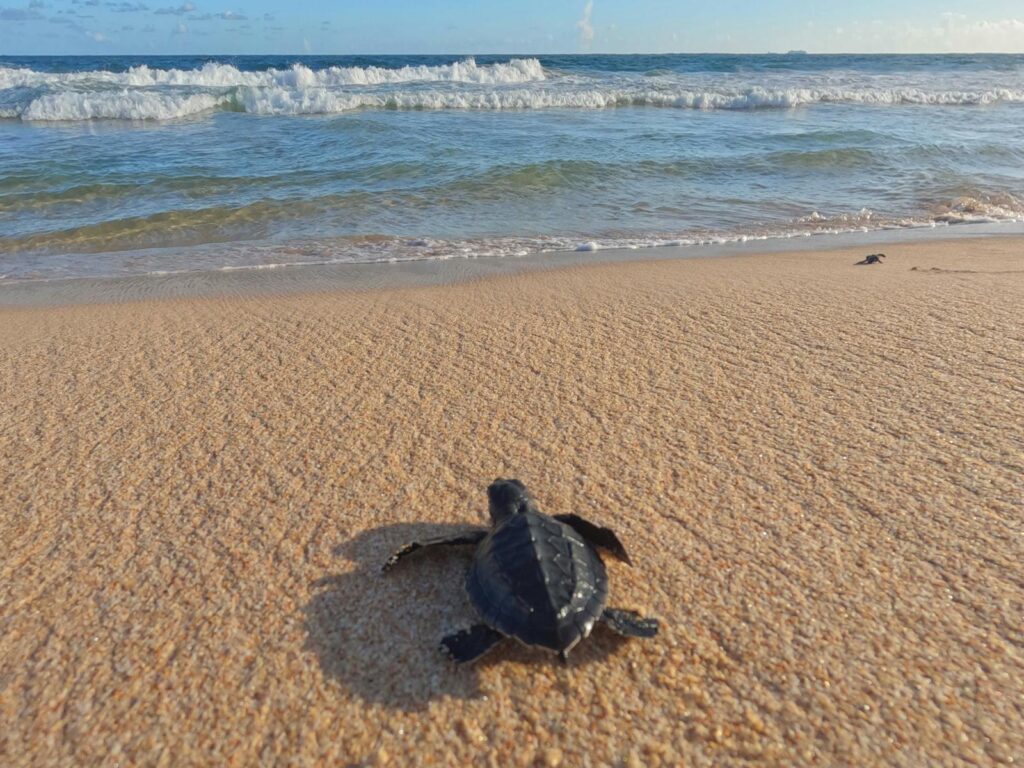
Effective reptile conservation often requires coordinated action across multiple jurisdictions, creating significant governance challenges. Migratory species like marine turtles traverse international boundaries during their life cycles, requiring cooperation among nations with varying conservation priorities and capacities. Even within countries, reptile habitat may span multiple administrative units with different management approaches and protection status. Legislative frameworks in many regions provide inadequate protection for reptiles or fail to address key threats like habitat destruction on private lands. Conservation policies frequently lag behind scientific understanding, creating implementation gaps even when threats are well-documented. International agreements like CITES provide some protection against trade for listed species, but enforcement remains inconsistent and many threatened reptiles lack appropriate listing status.
Conclusion
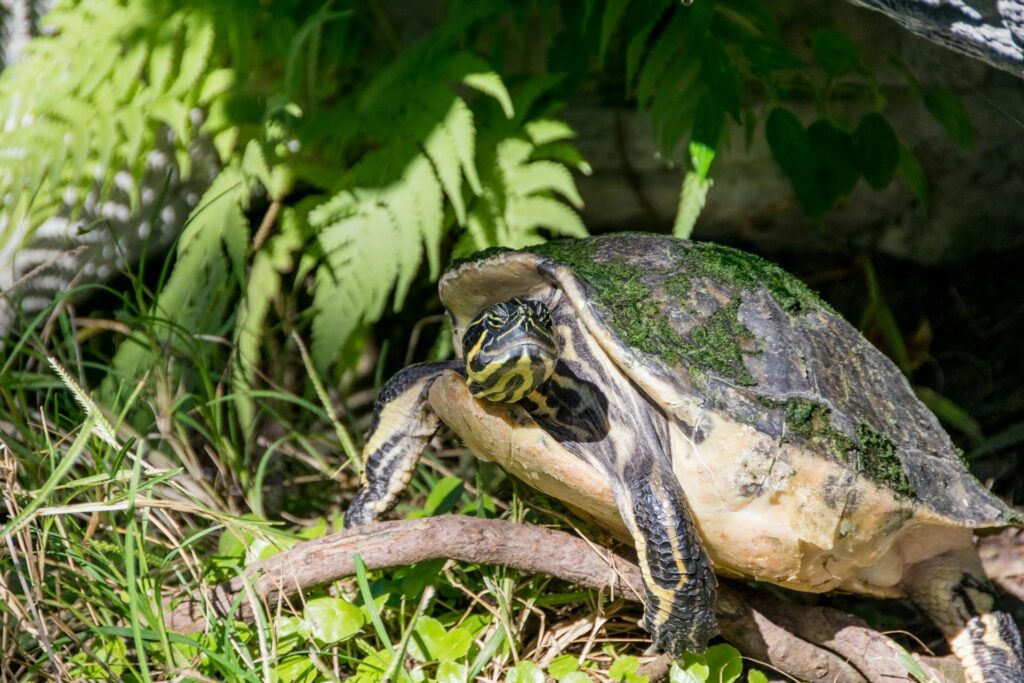
The challenges facing reptile conservationists are as diverse as the species they seek to protect. From the tangible threats of habitat destruction and illegal trade to the more insidious problems of climate change and negative public perception, saving the world’s reptiles requires multifaceted approaches that address both immediate crises and underlying causes. Despite these formidable obstacles, dedicated scientists, conservation practitioners, and communities worldwide continue to develop innovative solutions that offer hope for these remarkable animals. Success will ultimately depend on increased awareness, stronger political commitments, expanded funding, and recognition of reptiles’ intrinsic value and ecological importance. By confronting these challenges head-on with science-based strategies and collaborative approaches, we can ensure that reptiles remain a vital part of our planet’s extraordinary biodiversity for generations to come.

